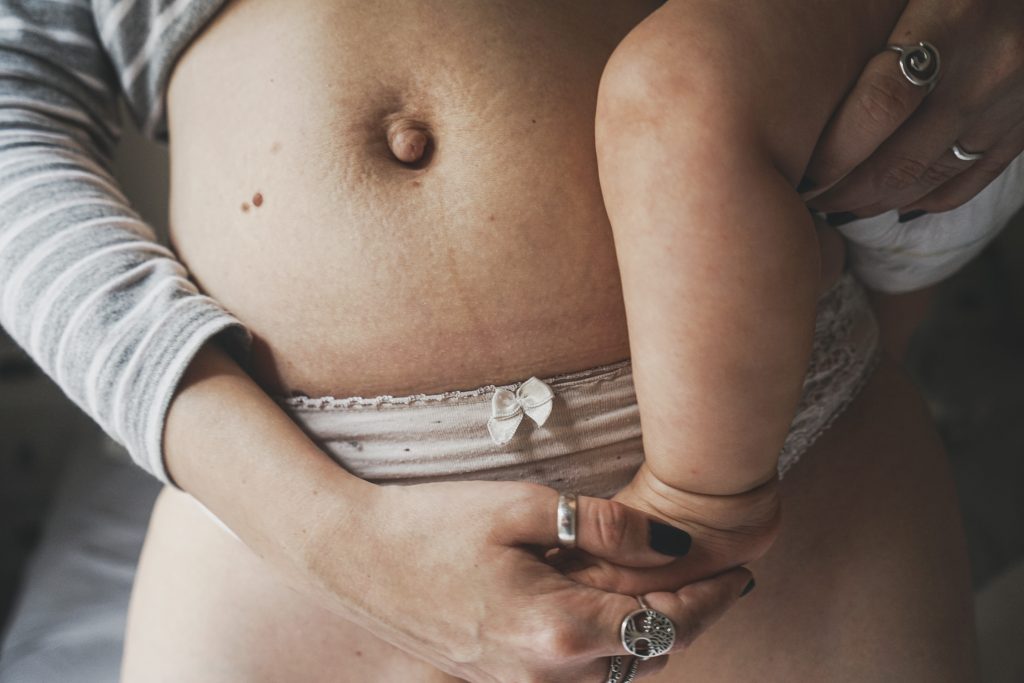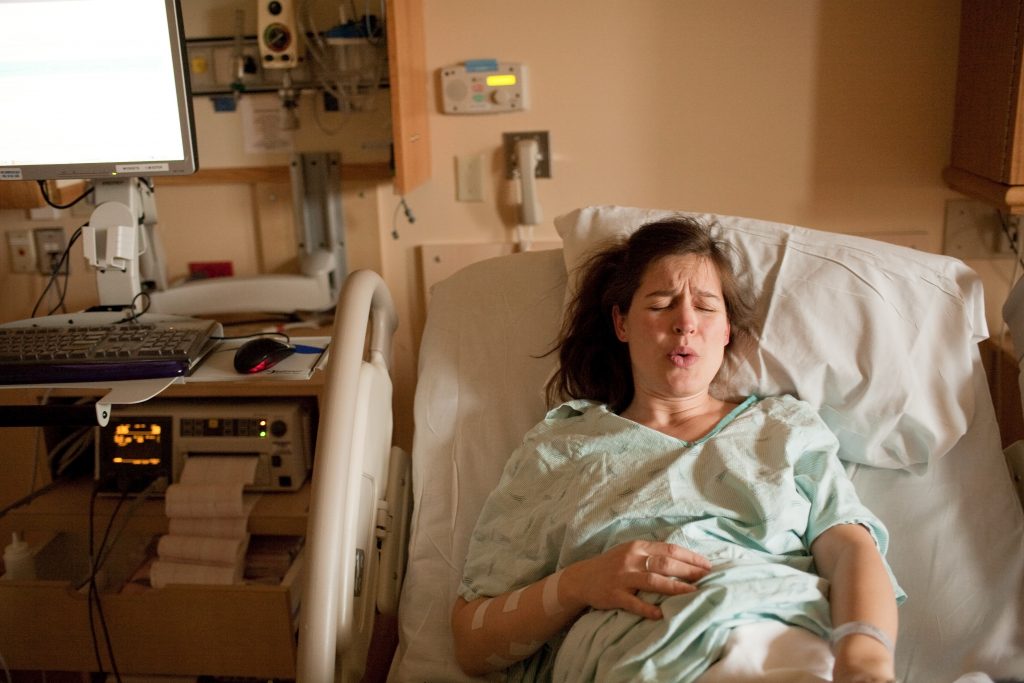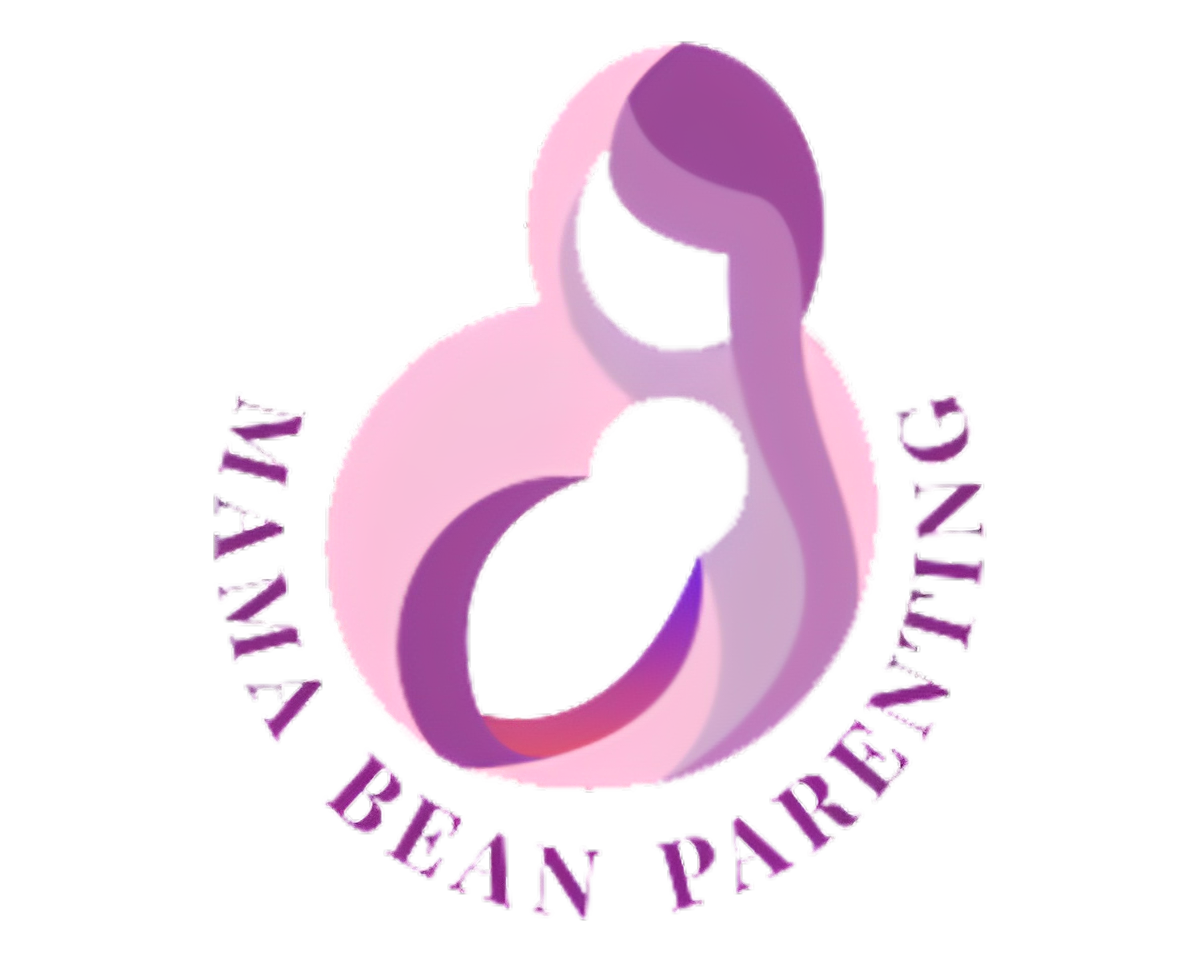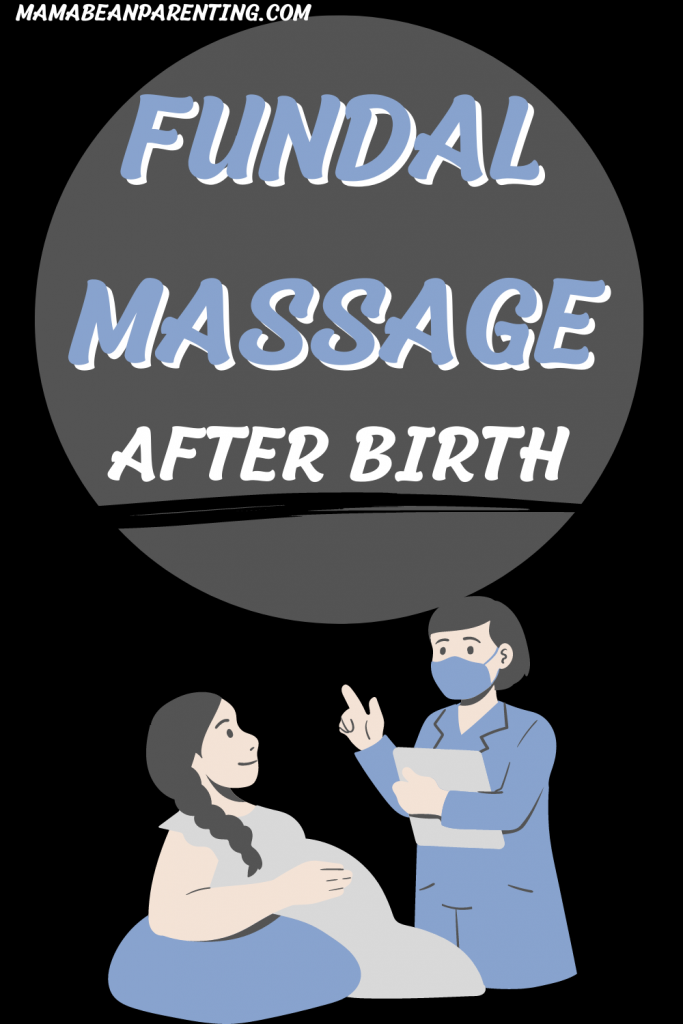Fundal massage after birth is a great way to speed up the process of postpartum healing.
Your whole body goes through so many changes during pregnancy, and your uterus is the most affected.
In order to help your uterus to go back to its original size, fundal massage after birth is a great way to do this.
This article will help you to learn more about this uterine massage and everything else connected to it.
Your body is amazing by itself, but some things are good to do if you want to get back on track as soon as possible. Fundal massage after birth is a great way to boost your recovery. It’s one of those things that can be helpful in different situations.
Fundal Massage After Birth – What Is It?

Fundal massage after birth is also called uterine massage.
This procedure is done by a doctor or a nurse after delivering the baby and placenta. It’s usually done while you’re making your first contact with the new baby.
It’s a massage of your uterus, something like a fundal check. Fundus is an upper, broad, and curved part of your uterus, and it’s across the cervix.
This is why uterine massage is called fundal massage. Fundal massage after birth is done by massaging the top part of the uterus – uterine fundus, with one hand.
Some professionals use two hands. One hand is massaging the fundus of the uterus, and it’s placed over the pubic bone.
The other hand is inside the vagina compressing two uterine arteries, just like when doing the fundal check.
This may sound scary, but it was actually invented to prevent excess pain, cramps, and bleeding.
Fundal massage after birth is a procedure that should be done by a professional in order to help the uterus to get back to its original size.
After the birth, your uterus is naturally contracting itself to its original size. That can be uncomfortable, and painful, and you could bleed for a longer time.
Most women get a uterine tonic that should help with this process. Raspberry leaf tea is a good natural uterine tonic.
However, there are also medications that serve as uterine tonics. You might be thinking why a fundal massage and a fundal check after birth is necessary.
It’s not something you have to do, but it would be good for and it would speed up your recovery.
There would be less pain, and less bleeding, and your abdomen would go back to its original size faster.
There is no reason to be afraid of fundal massage after birth. It might sound painful, but it can only be slightly uncomfortable.
It’s something done slowly, gently, and by a professional. Fundal massage after birth helps you to get rid of the blood inside your uterus faster.
It sends a signal to your uterus that it’s time for contractions and to go back to its original state. If you’re pregnant right now, and you’re researching fundal massages, you should talk to your doctor.
This procedure is not always done, and if you want it, consult with your doctor. It should be planned in advance since it’s done right after the placenta is delivered.
Uterine massage after birth should be done every 15 minutes for the first hour after giving birth. After the first hour, it should be done every 30 minutes.
If the doctor is not sure, it’s okay to ask for a second opinion. As I’ve mentioned, uterine massage after birth is beneficial since it helps your uterus to contract.
It also helps to prevent postpartum hemorrhage and blood clots. Giving birth, especially giving vaginal birth, can drain you and you could forget about this procedure.
Delivery of the placenta can also be difficult, so it’s better to prepare in advance.
This is why you should include it in your birth plan, long before you get into labor. Postpartum blood loss can make it difficult to do other activities. It can occupy your time and make you feel nervous.
The main goal of fundal massages is to prevent postpartum hemorrhaging. If you want to do this, then make sure to find a professional who is familiar with this procedure.
Uterine Atony
Even though uterine massage is recommended for every woman after the delivery, it’s essential for women who suffer from uterine atony.
Uterine atony is a condition where your uterus can’t contract on its own. This can be a life-threatening condition since it means that your uterus can’t contract during, or after the delivery.
When you give birth to a child, it’s important for uterine contractions to happen in order to deliver the placenta. Uterine atony could affect childbirth too.
If the doctor notices uterine atony on time, you will probably have a C-section. However, a C-section doesn’t mean you won’t experience postpartum bleeding.
In the case of uterine atony, fundal or uterine massage is crucial. Your body will lose a lot of blood if you don’t get this massage.
When your muscles can’t contract, your blood vessels will release blood freely which leads to fatal consequences.
There are some risks and factors that could cause uterine atony. Some of them are:
- First baby
- You’ve delivered more than 5 babies
- You’re having twins, triplets, or more babies at the same time
- Your baby is bigger than the average
- You’re older than 35
- There is too much amniotic fluid
- You’re obese
- You have uterine fibroids.
- You have an enlarged uterus
All these things can cause uterine atony. However, there are some things that can happen during delivery and cause atony.
Health care professionals say that uterine atony is common among women who had long and exhausting labor, or short and fast labor.
If you had a difficult labor, that could also cause uterine atony. General anesthesia could also cause this condition.
The good news is that this is a condition most professionals notice quickly. You might be experiencing some symptoms like pain, drowsiness, fast heart rate, paleness, or losing consciousness.
Even if you don’t share these symptoms, the doctors or nurses will examine you, do a fundal check, and notice that your uterus is soft, without muscle tone, and weak.
This is usually done by placing one hand on your stomach, and the other in your vagina, to perform a vaginal exam.
They can feel the atony just by touching you and performing a fundal check. Another way to be sure you have uterine atony is by measuring the blood loss with sponges or pads.
This way they will know if you’re losing too much blood, too fast. Besides uterine massage, the doctors usually give blood transfusion and IV fluid to compensate for everything that’s lost.
Uterine massage is sometimes the only thing needed to manage uterine atony, but in more serious cases some medications are also necessary.
In some cases, the doctors will do a uterine tamponade to stop the bleeding. That means they will use gauze or they will inflate a balloon inside your uterus to put pressure on its wall. The pressure should stop the bleeding.
If nothing works, sometimes surgery is needed. This is very uncommon, but it can happen.
The simplest surgical procedure, in this case, is uterine curettage. This means the doctor will scrape off the blood and residual placenta, and clean your uterus.
Uterine artery ligation means the doctor will tie off blood vessels of the uterus. Uterine artery embolization means the doctor will block the blood flow to your uterus by using small particles.
The last, and most invasive surgical procedure to stop the bleeding is a hysterectomy. Hysterectomy is the surgical removal of the uterus.
Many women live normal lives without their uterus, but it’s challenging. As you can see, uterine atony is a dangerous condition that can lead to serious consequences.
Sometimes there is no way to know will your uterus go through this state. This is why it’s good to educate yourself on this topic and learn more about uterine massage.
It’s a simple procedure that can change many things for the better. Maybe if you include uterine massage in your birth plan, you might prevent this condition.
Postpartum Healing

Uterine massage is a procedure that can be used in serious states after the delivery, but it can also be a way to prevent possible complications during the postpartum period.
Postpartum bleeding is normal, but if there is too much blood then that bleeding is called postpartum hemorrhage.
Uterine massage will help you to have normal bleeding that can be managed by wearing pads and by consuming uterine tonics.
Even though it’s normal to slightly bleed, it’s necessary to take care of yourself.
Loss of blood can cause weakness, dehydration, and exhaustion. You don’t need to feel like this when there is a little baby in the house.
Therefore, take care of yourself. Drink a lot of water and eat nutritious food.
You can try some postpartum teas for quicker healing.
It’s important to rest. Of course, a light walk and normal activities are good, but try to stay away from anything that could exhaust you.
Your body needs to rest. Your uterus and other organs need some time to get back on track.
If you had a C-section then pay attention to your scar. Take care of it, and massage it.
If you do that, you could avoid C-section scar pain.
Besides, massaging your scar with good oils and creams will prevent scar tissue and the scar will fade away quickly.
Some women wear postpartum belts and wraps. Some doctors disagree with this, but there are some studies that show a positive effect of these wraps.
If you’re interested in them, make sure to consult with your doctor. Also, buy a good postpartum wrap that won’t cause any negative effects.
Another important part of postpartum healing is taking care of your thoughts. Your body needs your care and attention, but sometimes your mind needs it more.
It’s good to do things that will heal and nourish your body. But, it’s also good to do something for your mental health. New moms are always a bit sensitive and moody. It’s normal since hormones are having fun in your body.
You just had a baby, and that is life-changing. It’s okay to feel different, and it’s okay to cry without a reason.
Try to do activities that make you happy. Do something good for yourself. Give yourself a lot of love and kindness.
You can try using some positive affirmations for moms. This should make you feel better.
All of this is helpful. However, if nothing helps and you feel mentally drained and unmotivated, you should talk with an expert.
Postpartum depression is common, but many people just wait for it to go away on its own.
That’s a huge mistake because this could lead to some serious things that are not good for you or your baby. Be kind to yourself and be true to yourself. You’ve been through a lot and it will take time to heal from everything that happened.
Don’t be afraid to ask for help. Take care of your physical and mental health, if not for yourself, then do it for your new baby.
Postpartum healing is an important chapter of your life. If you don’t make an effort to heal in this chapter, you could suffer the consequences your whole life.
Your body was made to endure this. It’s not easy, and sometimes you need help. That’s normal. You don’t have to be a superhero.
The postpartum period, childbirth, labor, and pregnancy are challenging and hard. They are a normal part of a woman’s life, but these chapters are not easy at all.
Just be yourself and think about your future and your baby. Your body and mind need your attention and care. Nourish them and work on yourself.
Conclusion

Fundal or uterine massage is a great way to prevent and treat complications after birth.
It’s simple to do and it’s okay to talk to your doctor about it. It’s good for preventing many serious conditions, but it’s also good to speed up the postpartum healing process.
Even though some negative outcomes are uncommon, they’re still possible. It’s good to practice things that could protect you from harm.
You never know what could happen and every woman should take advantage of everything that could be beneficial for her and her health.
Hi all, I am Sidney, an accountant, a hobbyist photographer, and a mother to two sweet girls who are my motivation. I love sharing the tips and tricks I gained all these years I’ve been a mother. I hope it will help you!



Do’s And Don’ts Before Being Induced • Mama Bean Parenting
Thursday 23rd of February 2023
[…] condition can be treated with fundal massage or […]